Are you looking for a super-quick, easy warm-up for any level of ESL students? Then you’re most certainly in the right place and need to check out this activity, picture prompt. This ESL picture warm-up is ideal for kids and adults, beginners to advanced-level students. Keep on reading for all the details you need to know about this warm up picture activity for TEFL.
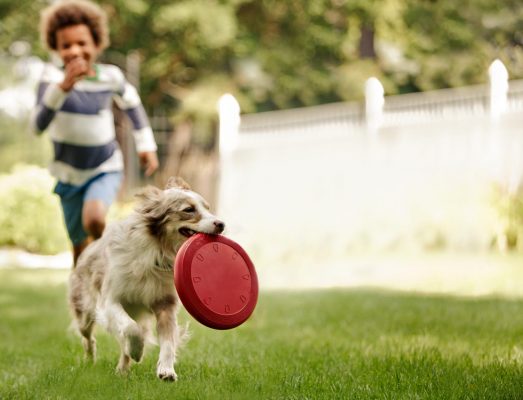
ESL Picture Prompts
Picture prompt is an ESL warm-up activity for children as well as adults. It’s the perfect way to get your English lesson started off on the right foot. Let’s get into all the details about using warm-up pictures for English learners.
Picture Prompt ESL Warm-Up Activity
Picture prompt is a great ESL warm-up for kids as well as adults. It can be used for all levels from beginner to advanced. Show students an image and have them generate questions or speculate about the picture.
It’s ideal for things like holiday lessons where you think that students may already know a good amount of vocabulary. For example, St. Patrick’s Day ESL. Or, you could also use this warm-up for something like English opposites.
Another situation that works very well is as a present progressive activity. For example, you can find a picture with a lot of action happening and students can describe what they see.
Question Examples for Lower-Level Students
For lower-level students, this can be purely descriptive
Q: What do you see?
A: I see a house, a car, and some people.
Q: What colour is the car?
A: It is blue.
- Amazon Kindle Edition
- Smith, Jennifer Booker (Author)
- English (Publication Language)
- 134 Pages - 03/31/2016 (Publication Date)
Question Examples for Intermediate-Level Students
For high beginner/low intermediate students, have an image which can generate questions such as:
What is happening in this picture?
How does that person feel?
Why do you think so?
Or, you may also using it to focus on English Prepositions. For example:
Where is the book?
Is the man standing next to the child?
Example Questions for Advanced Students
For more advanced students, use an unusual image. Encourage them to create a narrative to explain the story.
This activity can also be done with writing. You could have students create a story about the picture in a few minutes.
Or, you could have them write an explanation for what happened.
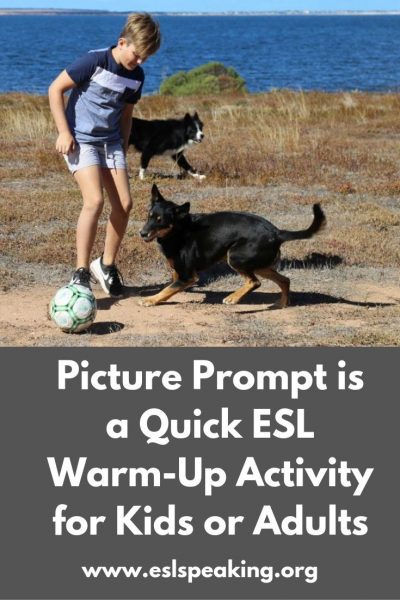
Picture Prompt ESL warm-up
Teaching Tips for Picture Prompt
You can find collections of unusual images online which are perfect for advanced students to create their narratives. Just search on Google Images or something similar according to your topic that day.
If you want to use this as a writing activity with beginner or low-intermediate students, give them a worksheet of questions to answer.
If you have more advanced students in a writing class, more options are available to you for what you can do. You may even require students to write a paragraph, essay or a creative story based on the picture that you show to them.
This activity can be an excellent lead-in for a holiday-themed lesson. For more ideas, you’ll want to check out: Thanksgiving ESL Games and Activities.
Procedure for this ESL Picture Activity
1. In advance, prepare an image, either PowerPoint or a picture large enough for the class to easily see.
2. Divide students into pairs or small groups (optional).
3. Depending on the level of the students:
Elicit descriptive sentences about the image. Encourage them to make their own questions to ask a partner.
Have them discuss what they think is happening in the picture, how the person/people feel and why they think so, etc.
Have them create a narrative about the image. (Unusual images work well for this.)
4. Optionally, have students write their responses.
What is a Picture Description Task for Adults?
The picture description task for adults is a common activity used in ESL lessons to practice describing images using the present simple and other grammatical structures. Here’s how you can conduct the task:
- Select an Image: Choose a picture that is relevant to your lesson or topic. It could be a photograph, a cartoon, or an illustration.
- Introduce the Task: Explain to the students that they will be describing the picture using as much detail as possible.
- Model the Task: Start by describing the picture yourself to provide an example. Use descriptive language and encourage students to ask questions if they need clarification.
- Guided Practice: Provide some prompts or questions to guide students in their description. For example, you could ask them to describe the people in the picture, the setting, the actions taking place, and any other details they notice.
- Pair or Group Work: Have students work in pairs or small groups to describe the picture to each other. Encourage them to take turns speaking and listening.
- Feedback: After the activity, provide feedback on the students’ descriptions. You can also encourage peer feedback to promote interaction and learning.
- Extension Activities: To extend the activity, you can ask students to write a short paragraph describing the picture or to role-play a conversation based on the image.
This task helps adults practice their speaking and descriptive skills, as well as their ability to use the present simple tense and other grammatical structures accurately. Try out this picture description for adults with your students.
Where can I Find Pictures for Students to Write About?
If you want to find some pictures for students to write about, the best place to look is on Google images. It’s easy to find something related to the topic of the day, which is ideal for setting the context of a lesson. Just be sure the image is high enough in quality to be shown on a projector and screen.
Beside that, check out these images from the New York Times, as well as the Story Writing Academy. They are geared more towards creative writing.
Like this Warm Up Picture Idea?
- Amazon Kindle Edition
- Bolen, Jackie (Author)
- English (Publication Language)
- 74 Pages - 09/11/2015 (Publication Date)
Yes? Then you’re going to love this book over on Amazon: 39 ESL Warm-Ups: For Kids (7+).
Get your classes started off in style by generating some interest and excitement with an ESL warm-up. It’s hard to get into the meat of the lesson right from the start, so help your students ease into English with one of these activities.
You can get the book on Amazon in both print and digital formats. The (cheaper!) digital copy can be read on any device by downloading the free Kindle reading app.
Keep a copy on the school’s bookshelf as a quick reference. Have dozens of top-quality warm-ups with you for lesson planning on the go at your favourite coffee shop. Yes, it really is that easy to have more creative English lessons with your students.
You can check out the book for yourself over on Amazon, but only if you want a serious dose of ESL awesome in your life.
ESL Picture Prompts FAQs
There are a number of common questions that people have about this topic. Here are the answers to some of the most popular ones.
What are ESL picture prompts?
ESL picture prompts are images or visuals used to inspire discussions, storytelling, and language practice in the classroom.
How can ESL picture prompts benefit language learners?
Picture prompts stimulate creativity, encourage speaking and writing skills, and provide context for language practice.
How do you use picture prompts in the classroom?
Display a picture and ask students to describe it, create a story, or discuss related topics, promoting language engagement.
What types of language skills can picture prompts enhance?
Picture prompts improve speaking, writing, vocabulary, descriptive, and critical thinking skills.
Can picture prompts be adapted for different proficiency levels?
Yes, picture prompts can be adjusted in complexity to suit beginners to advanced learners.
How can you incorporate picture prompts into a writing activity?
Show a picture and ask students to write a short story, description, or dialogue based on what they see.
Can picture prompts be used for group activities?
Absolutely, picture prompts encourage collaborative discussions and group storytelling.
How do picture prompts encourage creativity?
They prompt students to imagine and invent scenarios, fostering creative expression.
Are there any specific strategies for using picture prompts effectively?
Encourage students to notice details, use descriptive language, and ask open-ended questions about the images.
How can picture prompts be integrated with grammar practice?
Choose images that prompt the use of specific grammar structures and ask students to incorporate them in their discussions or writing.
Can digital picture prompts be used in online lessons?
Yes, you can share images on screen in virtual classrooms and guide discussions or activities as usual.
Are picture prompts suitable for teaching different age groups?
Yes, picture prompts can be adjusted to cater to various age groups, making learning engaging for everyone.
How do picture prompts help ESL learners connect language to real-life situations?
They provide context that mirrors everyday situations, helping learners apply language in practical scenarios.
Image Prompts ESL: Have your Say!
What is your go-to ESL warm-up activity in your classes? Have you tried one of the warmers from this book? Leave a comment below and share your thoughts with us. We’d love to hear from you.
Also be sure to give this article a share on Facebook, Twitter, or Pinterest. It’ll help other teachers, like yourself find this useful teaching resource.
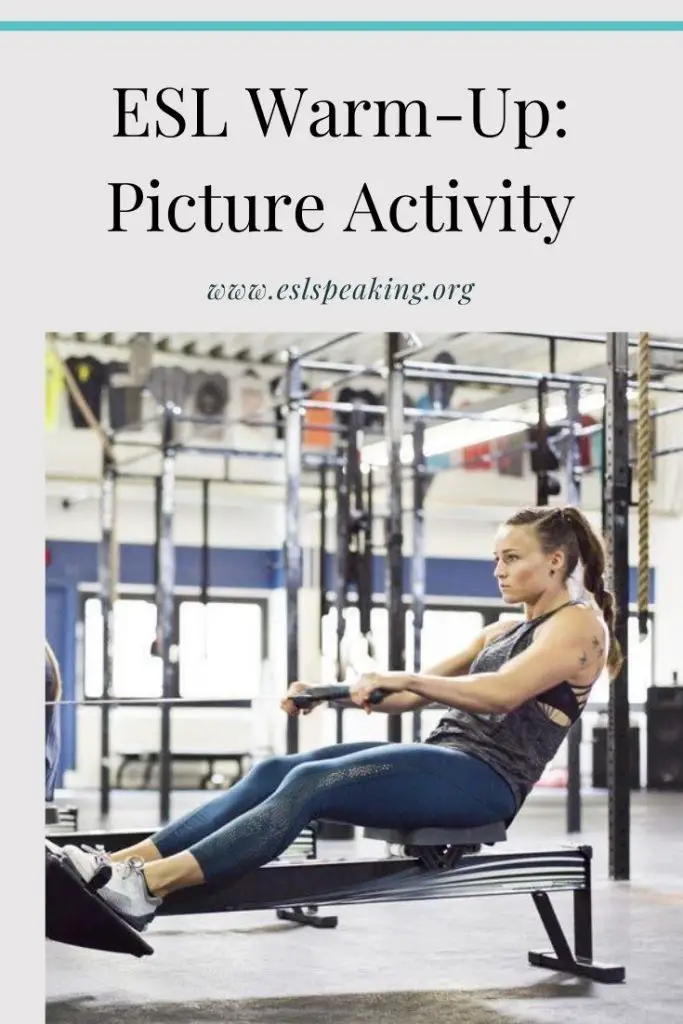
ESL picture activity
Last update on 2024-04-25 / Affiliate links / Images from Amazon Product Advertising API





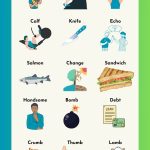
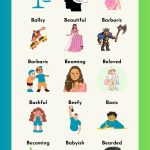

Leave a Reply